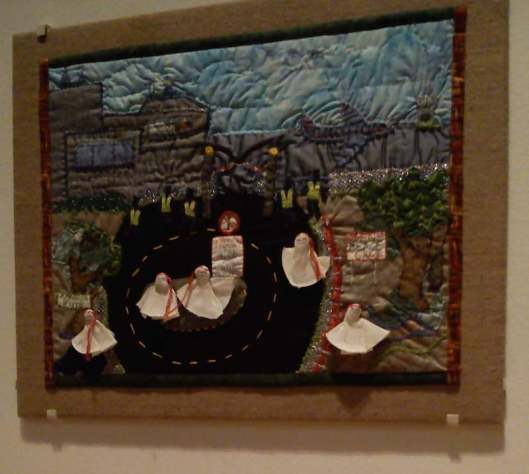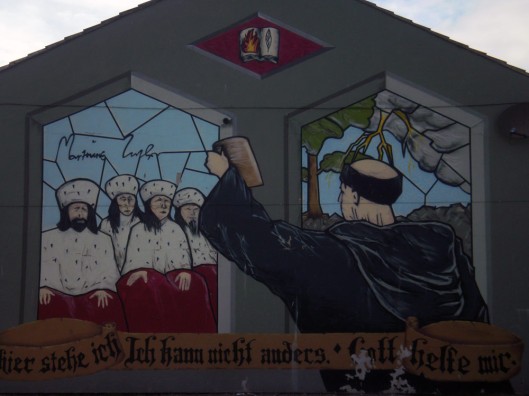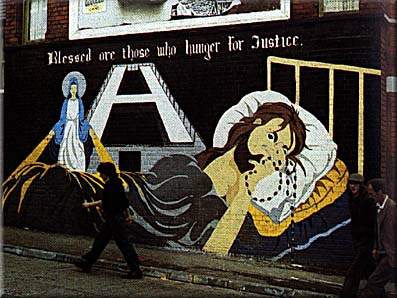“The Arts and Sciences, essential to the prosperity of the State and to the ornament of human life, have a primary claim to the encouragement of every lover of his country and mankind”. –George Washington
We are all too aware that there has been a growing sense of higher education as a marketplace, indeed a global marketplace, and that has brought some benefits. Increased access for researchers and students to wider and more diverse cultures, emerging academic schools of thought and discipline that rely upon globalisation, and some opportunities for the development of multi-cultural, multi-ethnic and multi-class interaction for a wider range of students. The benefits are based on the global aspect, so what about the marketplace aspects?
There we find a less positive picture unfortunately. Multiple articles, newspaper columns and blog posting have been written about the over-saturation of administrative staff, the cuts in funding, and the burden of time detailing and cost efficiency that results in increasing number of casual contracts for staff, especially young staff. Often this is articulated as an attack on the humanities. While acknowledging that STEM subjects have received their own funding cuts, it is undeniable that the humanities have taken a stronger and more sustained attack for a greater period of time and is now, perhaps, reaching crisis point.
In the USA, in 2011, humanities subjects received less than half of one percent of the amount of funding that STEM subjects received. In the UK, the situation is not quite that severe, but it is moving in a general downward trend. The implied meaning behind such an approach is that studying the humanities is not profitable because it cannot be sold on and therefore studying it at university level is some form of self-indulgence that should not be funded by the public purse. Accepting this relies upon accepting that higher education, indeed learning itself, has moved from a good (something for the value of the individual, community or society writ large) to a good (a commodity for sale) to use Charles Taylor briefly.
There are multiple indices beyond funding that one can point to which also reveal this shift in global marketization of higher education into a profitable good. During Thatcher’s time (incidentally the only UK Prime Minister thus far who also served as Secretary of State for Education), there was the creation of the RAE (Research Assessment Evaluation) which later became the REF (Research Excellence Framework) used now to categorise, rank and centrally mandate value of research. There are now endless performance reviews, peer reviews of teaching, student questionnaires and funding goals to be attained. These are all means of creating something marketable and profitable far in excess of student fees. Those departments which are seen to be less profitable or sellable, those subjects not so easily quantifiable in their outputs are being pared down or closed down. Typically these are the arts, social sciences and the humanities, especially in the UK.
So why is this and what does it have to do with a website on critical religion? Obviously the first question has been partly answered above and in the links; it is for profit and global market forces.
However that is only part of it, the narrative of progress heralded since the Enlightenment that requires what William Cavanaugh refers to as a dichotomizing, clash of civilisations that necessities a myth of religious violence to be perpetuated ad infinitum. According to Cavanaugh this “serves a particular need for their consumers in the West… [And] constructs the former as an irrational and dangerous impulse that must give way in public to rational, secular, forms of power.”
In the 21st century those ‘secular’ forms of power are capitalism as understood by neo-liberal governments and shaped by the interests of huge multinational corporations. We should ask if the interests of those corporations and the forms of power they maintain benefit from creating binaries and categories in much the same way as ‘religion’ and secular’ have been created and used in the West for half a millennia?
It is not much of a stretch to argue that language used to make STEM more desirable over the humanities, social sciences and the arts is really the next step along the path that began with the myth of religious violence.
In an apparently liberal, multi-cultural society it is deemed impolitic to use language which would suggest that those in power are devaluing or denigrating religious beliefs – unless, of course, they are seen as extremist and / or a threat to Western liberal democracy (read power). Why is it then acceptable to do so for those subjects that study religion; a key part of everyday life, or those subjects that seek to understand how we create, organise, negotiate and recreate our world around us?
Must everything be reduced to value added, and if it must why is developing an critical approach to thinking, developing a broader sense of what it is to be human not adding value to the lives of many students, staff and wider society? I would argue that it is adding precisely that value, but that value, that profit cannot be easily quantified, categorised and sold off and so is negated. I would further argue that the sustained attack on the arts and humanities occurring throughout the West is a reuse of the language and categories such to artificially separate ‘religion’ from the ‘secular and ensure the power remains firmly in the hands of those in one corner.
Stifling and closing down arts and humanities departments are not a march forward of the drive to progress, they are a repeat of the mistakes and prejudices of the past, they are a misuse of categorisation for the purpose of profit and a continuation of the false narrative about society (that it runs on dollars and pounds and not the ability, passions and skill of a myriad of different people). Collaboration and support should be the narrative, not division and destruction and if we fail to turn it around then we must, surely, stop calling places of higher and further education “seats of learning” and refer to them as what they have shown themselves to be – places of business.
“It is in Apple’s DNA that technology alone is not enough—it’s technology married with liberal arts, married with the humanities, that yields us the results that make our heart sing.” –Steve Jobs, in introducing the iPad 2 in 2011.



